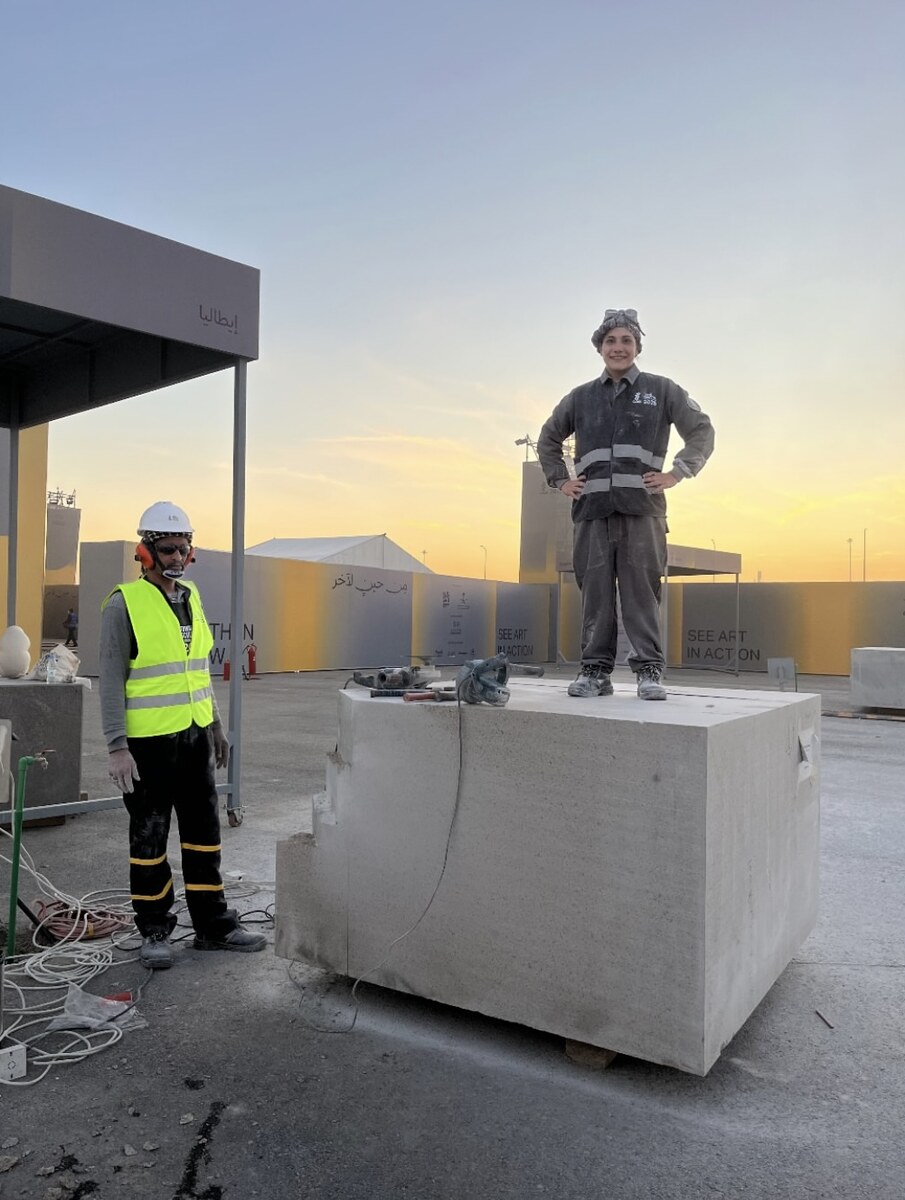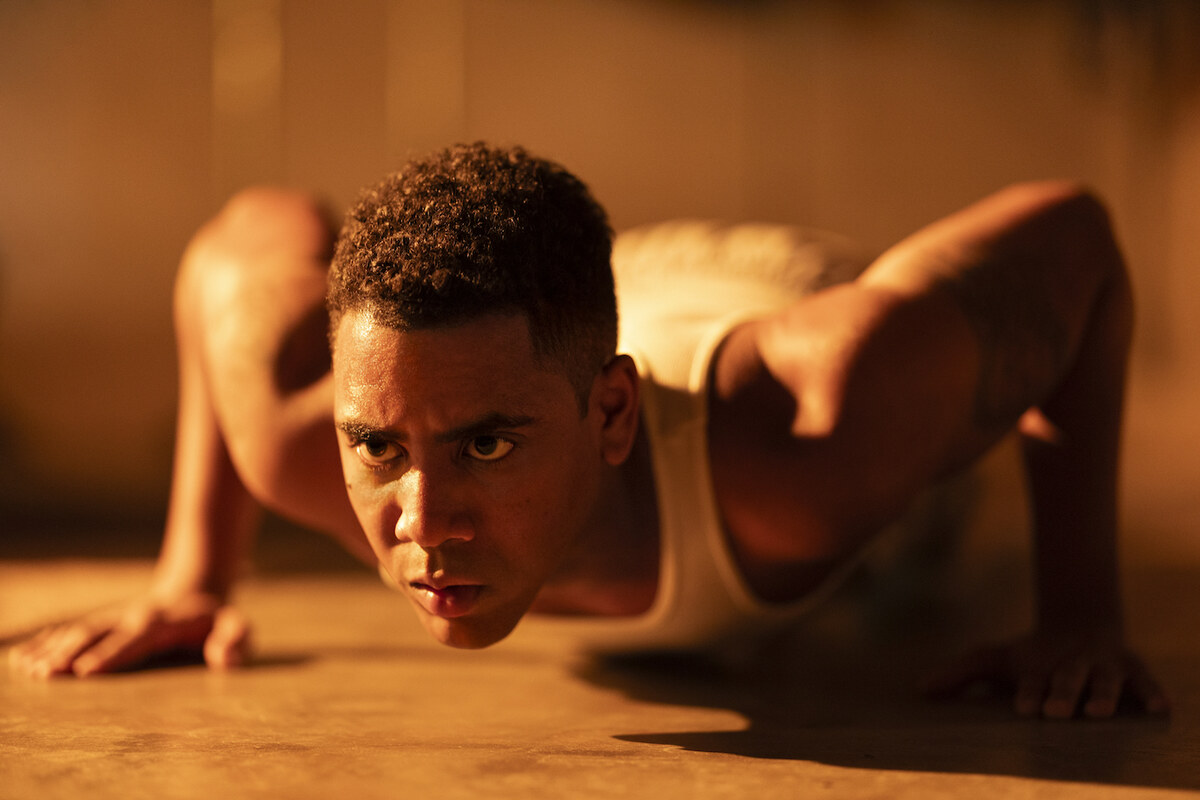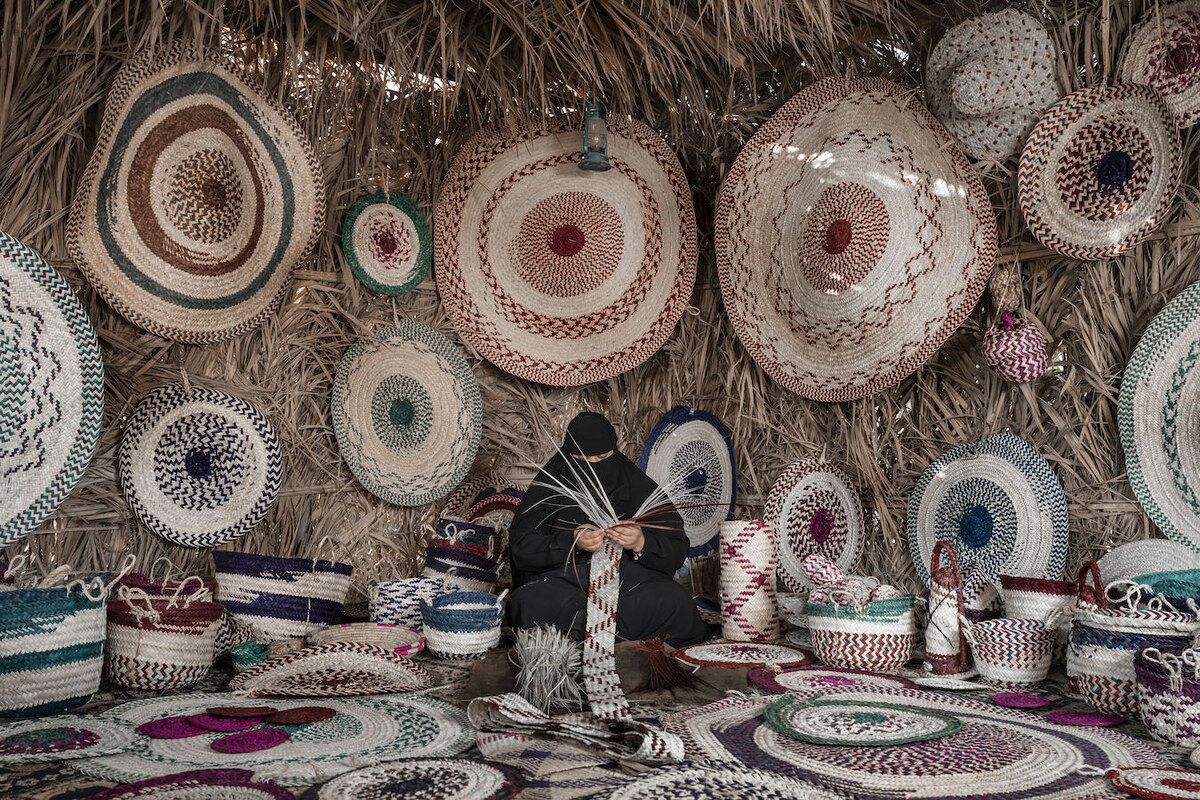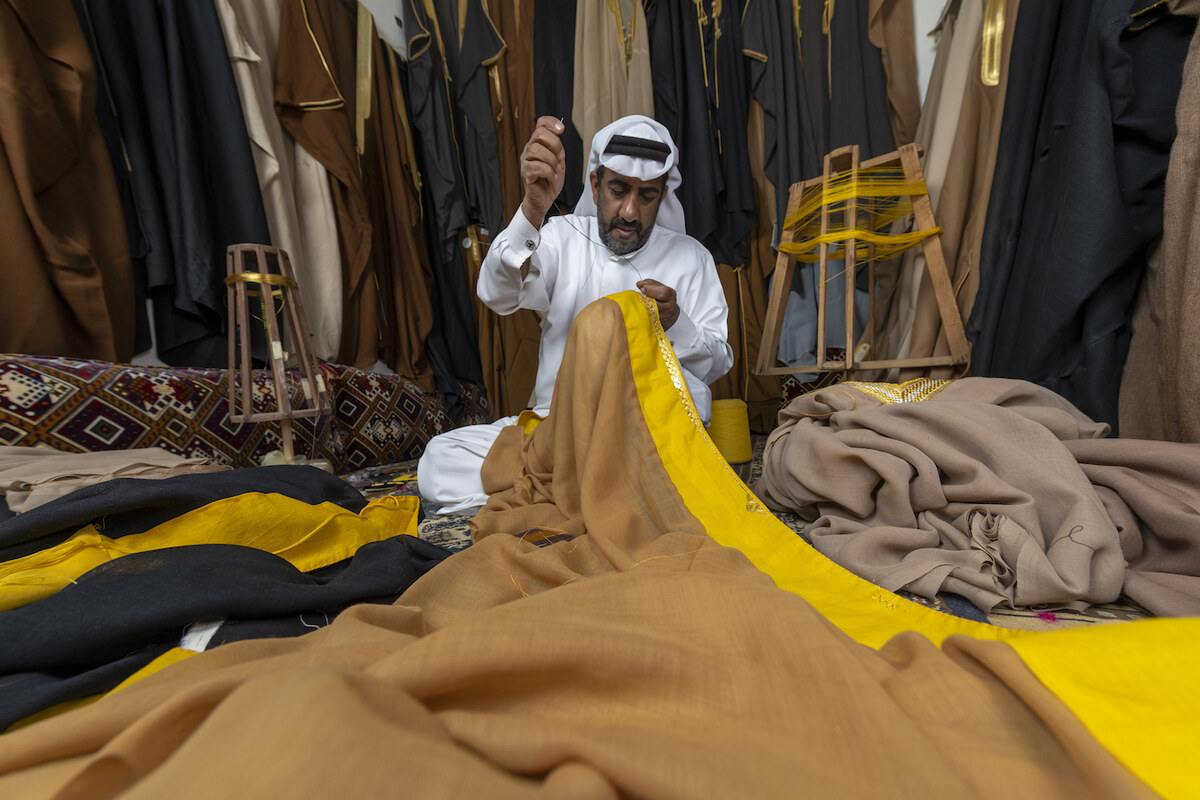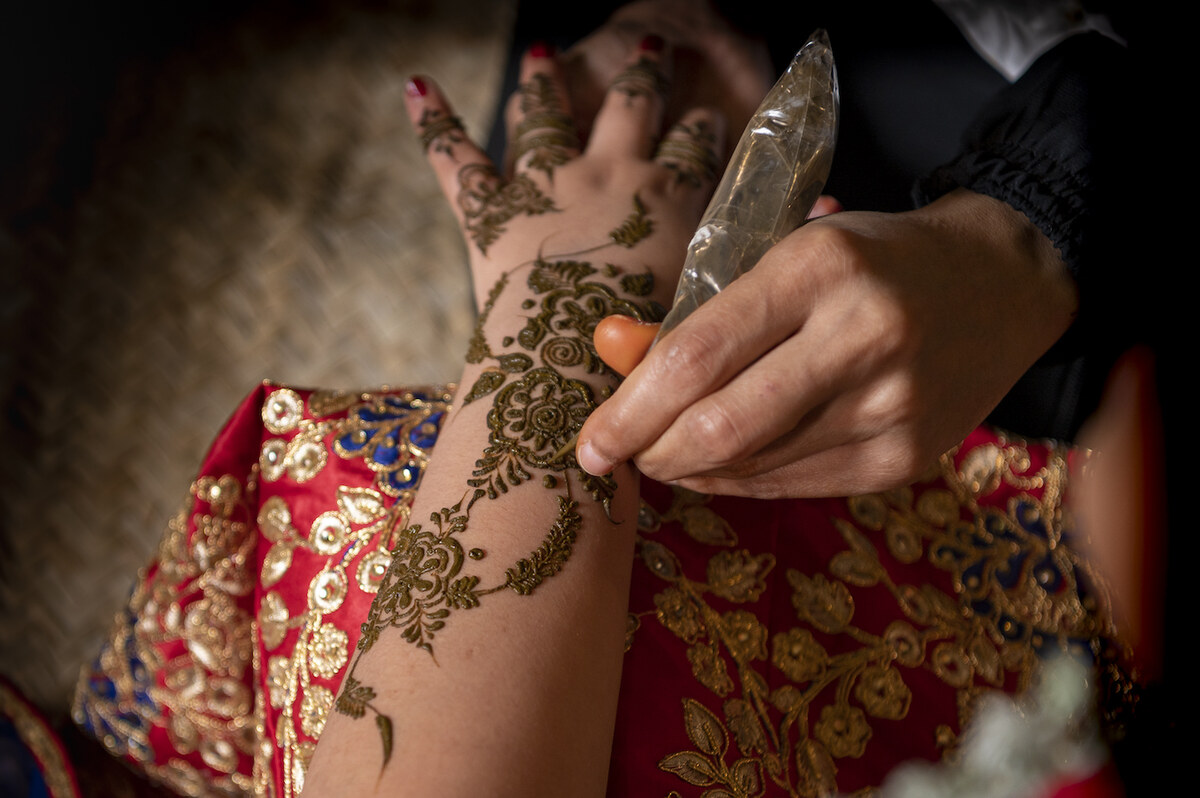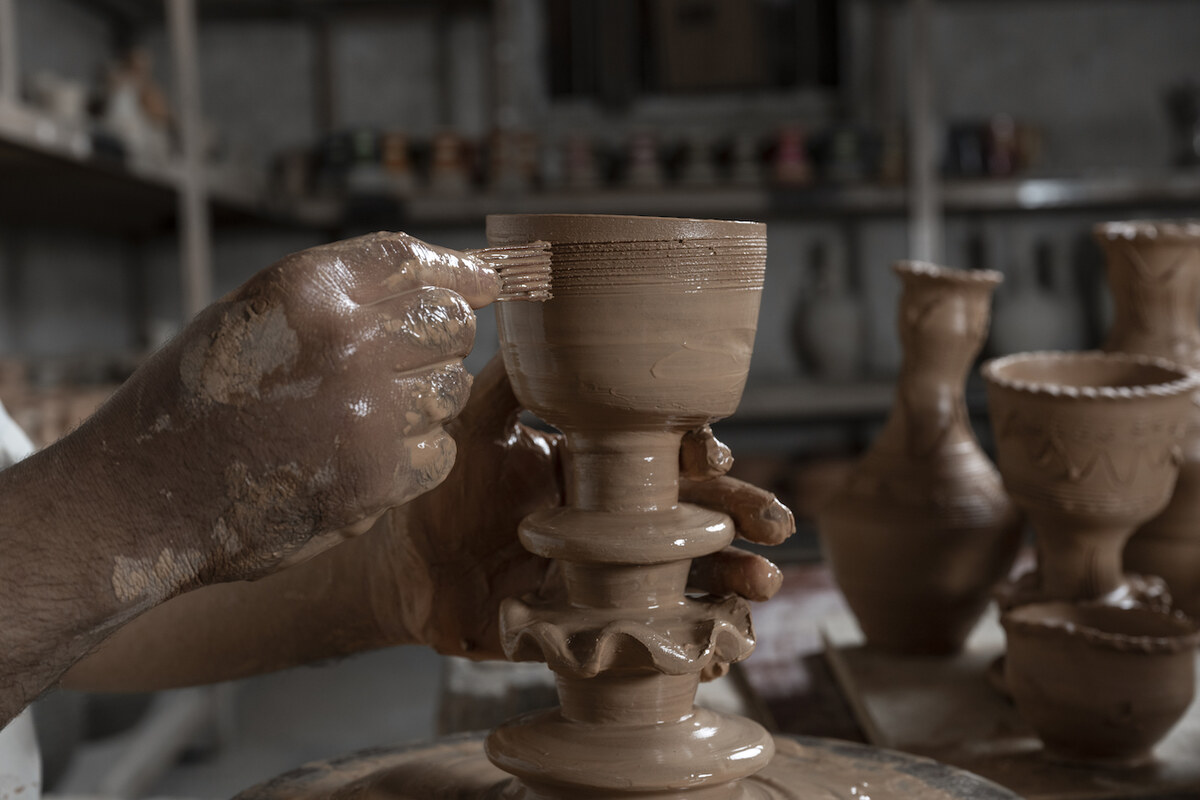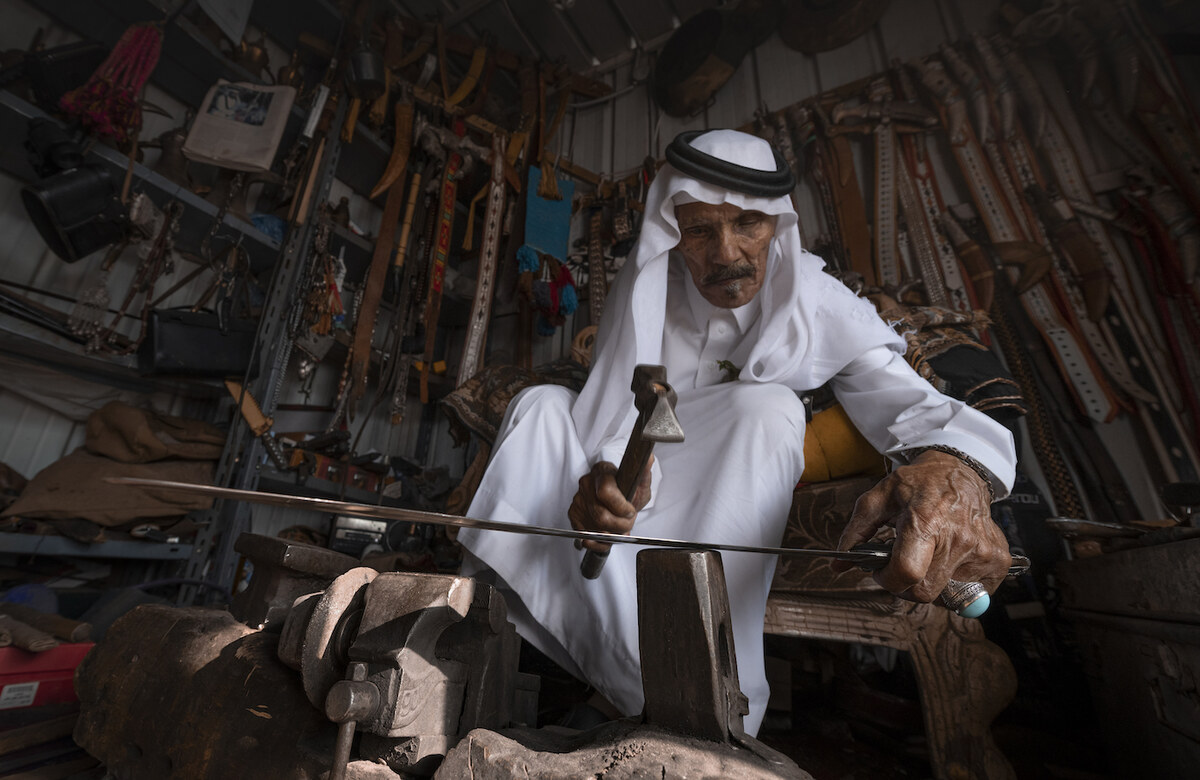RIYADH: The courtyards of the King Abdulaziz Historical Center in central Riyadh came alive on Tuesday evening with the launch of the Noor Riyadh Festival, attended by creatives from around the world.
London-based artist collective United Visual Artists transformed the night sky into a living canvas with a preview of their drone show “Aether.”
Featuring 1,500 drones, the seven-minute performance explored the silent harmony of the stars and planets.
Noor Riyadh Festival, a key initiative of the Riyadh Art, is being held under the theme “Light Years Apart” and will continue until Dec. 14.
This year, the festival will feature artworks by over 60 artists across three hubs: King Abdulaziz Historical Center, Wadi Hanifa, and Jax district.
Architect Khalid Al-Hazani, director of the Riyadh Art Program, said Noor Riyadh is designed to transform the city into an open-air art exhibition.
Festival director Nouf Al-Moneef told Arab News: “What’s great about these three is the connection between art, heritage, culture, nature — and also contemporary creativity in Jax.
“The most important thing in Noor Riyadh is accessibility for people. Noor Riyadh is under the umbrella of Riyadh Art, whose mission is to transform the city into a gallery without walls. Wherever you go and whatever locations or hubs that you go to, you find these spectacular art pieces.”
The festival aims to enhance the quality of life in the Kingdom’s capital and contribute to fostering creativity and presenting art to the community, he added.
It serves as a platform for artistic and cultural exchange in line with Riyadh Art’s objective to nurture local talent and boost the cultural economy of the capital.
In addition to 18 Saudi artists, 43 international artists are representing countries including Australia, France, Germany, Hungary, Italy, Japan, Montenegro, the Netherlands, Poland, Russia, Slovenia, South Korea, Spain, Turkiye, the UK, the UAE, and the US.
Speaking about the theme, Al-Moneef said that “Light Years Apart” is inspired by the connection between the Earth and the sky, praising the curatorial team who came up with the idea.
The festival invites citizens, residents, and visitors to explore the city and to celebrate the deep connection between heritage and creativity.
Mohammed Al-Bahri, an Omani journalist, said what caught his attention the most during the opening ceremony was the stunning harmony between the lights and music, which created a unique and immersive sensory experience for the viewers.
In recent years, the Kingdom has witnessed cultural and artistic development, which has contributed to enhancing its position on the global art scene, he added.
“I expect that interest in artistic creativity will continue to grow in the future, especially with the increasing government support for arts and culture, as well as the growing awareness of the importance of art in people’s lives,” Al-Bahri said.
“Art will thus become an integral part of the social fabric. Moreover, the younger generation is more open and has a deeper appreciation for the arts, signaling a bright future for artistic creativity in the Kingdom,” he said.
Munirah Abdulrazaq, a Bahraini beautician, said: “The Noor Riyadh Festival is a remarkable celebration of light and art, transforming Riyadh into a luminous canvas that bridges the gap between tradition and modernity.
“The fusion of creativity, technology, and heritage enhances the cultural landscape and positions Saudi Arabia as a burgeoning hub for contemporary and public art. By celebrating local and global artists, the festival fosters a deep appreciation for artistic expression and cultural dialogue, highlighting the Kingdom’s dedication to nurturing creativity and inspiring future generations.”















